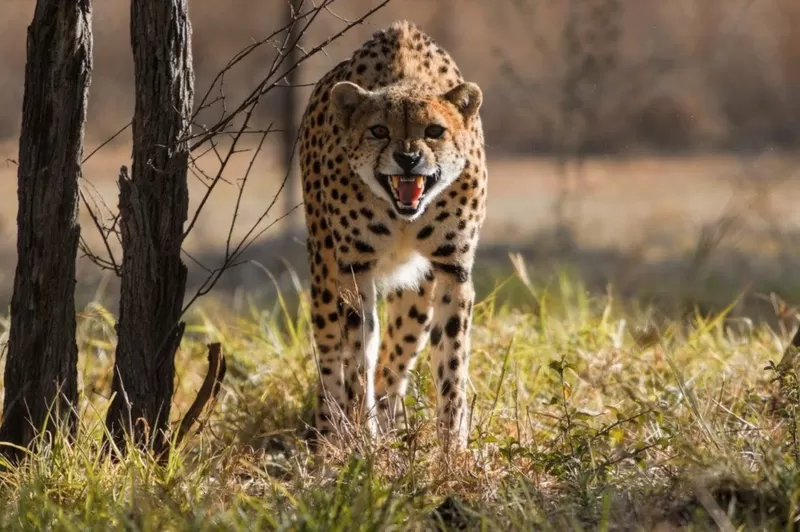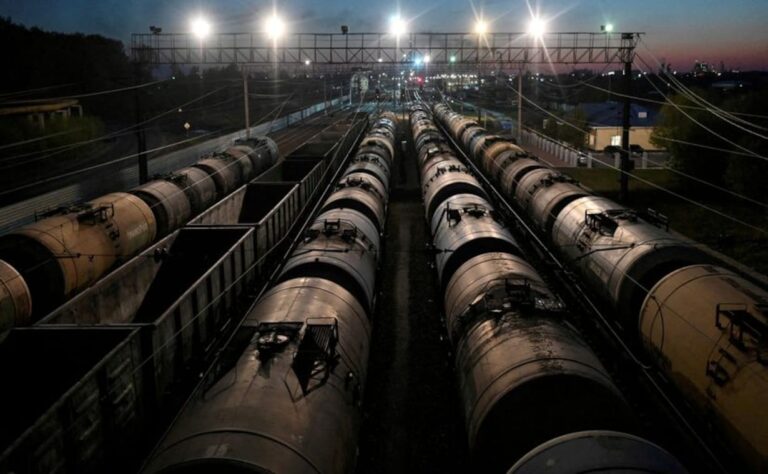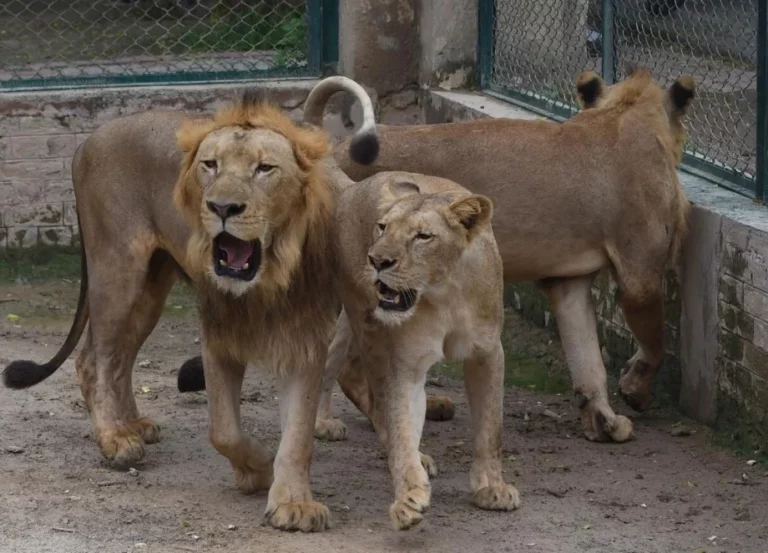Cheetah: The World’s Fastest Animal will be seen Again After 60 Years
Finally, a number of leopards will set out from Africa the next week for their new home in India, where they will be housed in a sizable forest.
The cheetah, the fastest terrestrial mammal in the world, is returning to India after nearly 60 years away.
This is the first occasion that a huge carnivore is being moved across an ocean to be released back into the wild.
The dean of the Wildlife Institute of India, Dr. Yadvendradev Jhala, thinks that finding and restoring a lost treasure is an incredible feat for India.
Also Read: Serene Lakes to Explore in Swat Valley Pakistan
Where are these leopards coming from?
These two nations contain leopards, and these three, including Botswana, contain half of the world’s leopard population.
There are three primary environments where leopards can be found in South Africa: a small population that is fast dwindling, free-roaming places, and unprotected areas. The remaining leopards reside in gated reserves or sanctuaries that are primarily privately owned, with the exception of a sizable population that resides in sizable national parks.
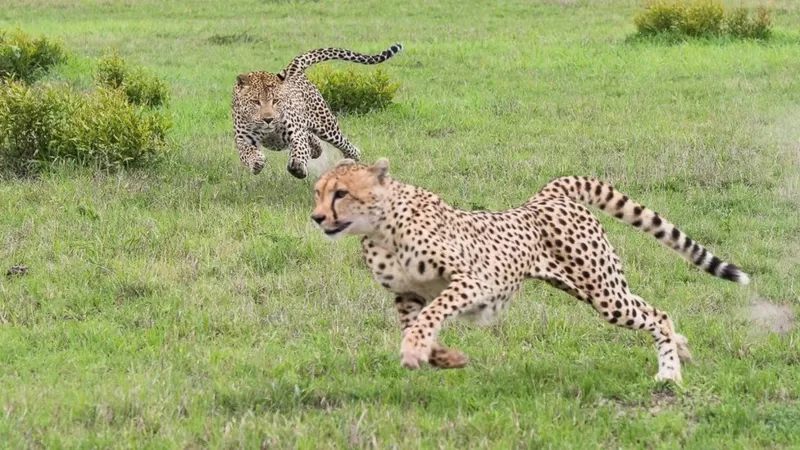
The majority of the cheetahs transported to India were chosen from reserves or protected locations where they can successfully procreate. In 50 of these reserves in South Africa, there are about 500 leopards.
Hunters in helicopters shot narcotic darts in an attempt to capture these leopards. Vincent van der Merwe, a South African, claims that “some of them were a little wild.”
After being captured, the cheetahs—who were unconscious—were given medications to guard against illness, drips were used to rehydrate them, and blood samples were obtained for DNA analysis.
They were then transferred to a quarantine centre and placed in cages.
These leopards also include more than six females. These are all young people who are in their prime for breeding.
‘These are leopards that have left their mothers and can now take care of themselves completely,’ says Vincent
Where are these leopards now?
In a wildlife reserve in Zululand and an animal hospital in Ruiberg, South African leopards are currently housed in isolation cages. There are four other leopards in Namibia.
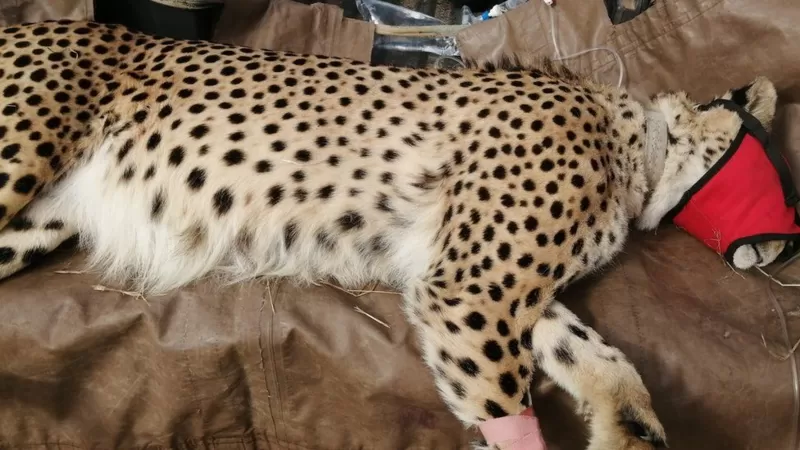
They are undergoing testing for a number of illnesses, and at least six different vaccines, including those for rabies and herpes, are being given. Marwe claims that extra precautions have been made in the quarantine to prevent them from contracting any diseases.
What are the challenges of long distance travel?
According to experts, confining wild cheetahs in a cage can be quite difficult for them as they shift. In addition, these creatures are not accustomed to living in close proximity to people.
The cheetahs must fly thousands of miles in cargo planes from Johannesburg to Delhi before they can be sent to India. They will subsequently be transported by road or helicopter to Kono National Park in Madhya Pradesh.
They will be kept in cages and given medication injections to make them sleepy in the interim. On this journey, they will be joined by zoologists and veterinarians.
They’ll be placed in cages and given medication to help them regain consciousness. However, medicines will also be required to keep them awake and slightly drunk throughout the journey.
According to Adrian Tordiff, professor of veterinary wildlife at the University of Pretoria, “this entire process helps the transfer of animals from one location to another.”
Cheetahs have also before been transported from one location to another.
Merwe claims to have previously driven a female leopard for 55 hours from South Africa to Malawi. These creatures acclimate themselves to the environment.
Will cheetahs be fed during air travel?
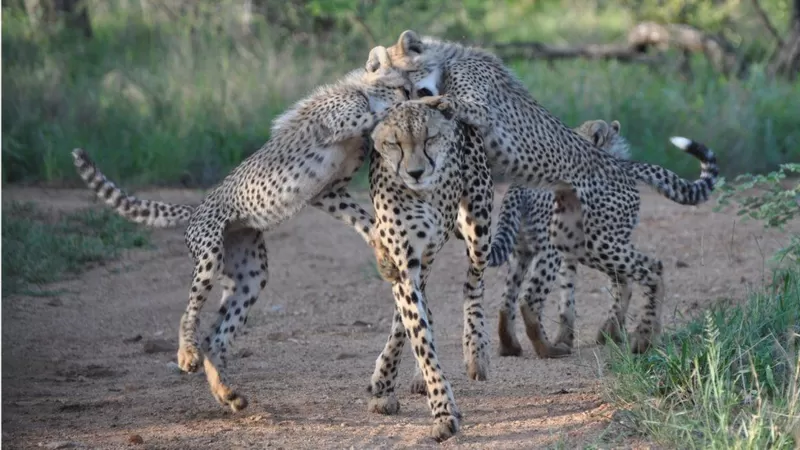
No, it won’t happen. A leopard may consume up to 15 kilogrammes of meat at once. For instance, cheetahs are typically given wild pork in South Africa, despite the fact that they prefer deer and wild boar.
It can be risky to feed cheetahs while you’re out and about. They can get sick on the trip or suffocate from vomiting.
According to Marway, the cheetahs being transported to India won’t receive nourishment for two days beforehand.
What will happen after reaching India?
The cheetahs will be quarantined for a month in a camp that resembles a cage in Kono National Park after they arrive in India.
This is necessary so that the animals can adjust to their new environment. According to Merway, “all creatures naturally attempt to return to their homes.” We confine them to a specific location for one to two months to prevent them from performing the same thing.
Following this time, the cheetahs will be allowed to roam freely in the 150,000 acre national park.
What challenges can cheetahs face?
Leopards will pose the first challenge. They are particularly vulnerable to having their cubs eaten by leopards in Kono National Park.
Cheetahs are mostly upright creatures, and their primary strength is speed. They avoid all conflicts and are frequently in danger from rogue predators in the area.
Tigers, leopards, wild dogs, and wild dogs have all threatened leopards in India in the past. They will first come across striped lizards, wild animals, and wolves in Kono National Park.
And in India proper, they will be allowed to hunt little spotted deer, big deer, and four-horned deer.
Animal transportation is never a safe endeavour.
According to Professor Tardif, “We are removing animals from their natural habitat, and any new area takes time to acclimate.” It is accurate to say that cheetah survival rates are lower than those of other large carnivores.
However, they also stress that despite a 20% population loss, the cheetah population in Malawi continued to increase and that 80% of the animals were still alive a year later.
Will India be able to keep this population of cheetahs alive?
The concept of importing cheetahs to India is opposed by wildlife conservationists there. They think that leopards are rapidly disappearing from the locations where they were once located.
However, some administrators, like Jhala, are upbeat and think Kono Park has enough of room and hunting chances. There is also no pressure from the human population. For cheetahs to survive in the future, all of these things are essential.
In the next five to six years, there are plans to house 20 cheetahs in India’s Kono National Park, and the country aims to import 50 to 60 cheetahs to maintain in six of its natural forests and national parks. Additionally, by relocating these animals from one location, he hopes to promote genetic and ethnic heterogeneity.
Why is this project of global importance?
According to experts, this experiment is crucial for leopard survival.
In Iran’s forests, there are only 12 more Asiatic leopard cubs. Recent genetic research has revealed that these animals’ ability to reproduce is significantly hampered.
“I think it’s a bit of a waste to aspire to grow the numbers of this species from such a small population currently,” says Professor Turduff. Because there is little probability of success, protecting species is a waste of time. Even though there is some interbreeding between the two species, it is advisable to concentrate on their overall population.
“Taking the cheetahs to India is a significant step,” he remarked. There is a way to prevent the extinction of their species.

